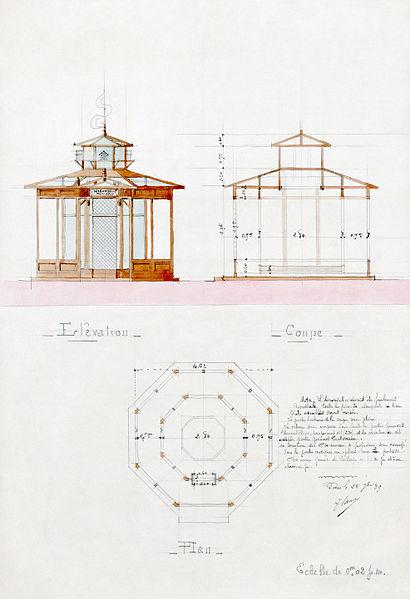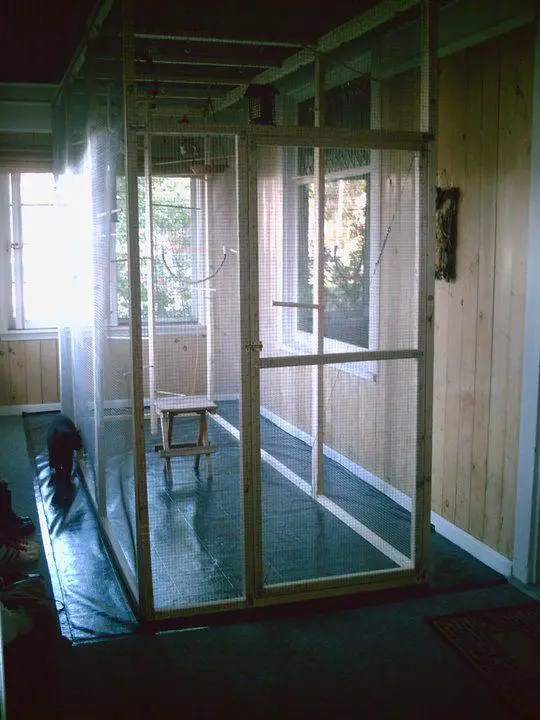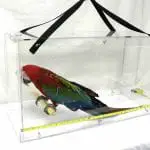Whether you desire to develop your bird’s standard of living, an aviary may be merely what it requires! Aviary enclosures are extremely greater than traditional bird enclosures and can be installed both inside and outside. With a little devising and some work, you can build a likable aviary for your birds that will have them both comfortable and secure continually.
Numerous people outline and establish their aviaries, though essential constructions can be purchased ‘DIY’ manner. These normally comprise of wooden or metal frames enveloped in screen (generally dual films – one on the inside, and the other on the outside). The aviary will require loads of enclosed area too, for nesting and perching. The primary domain, such as the section in which the birds can experience free-aviation, must be no longer than a meter deep, and 2 meters tall and wide.
Aviaries enable the birds to relish essential light (plus the vitamin D it gives), and to protect from it likewise must they require to. While a bird room, the daylight is more doubtful, as it can radiate through glasses, blistering the birds. Because of that, a bird room must possess light-colored curtains or shades matched to the shutters, to reflect the light and avoid the area from turning into a greenhouse
Aviary Design Plan
- Bird aviary for a portion of what a comparable one might get in the industry. It is built in a segmented style so you can build it as little as 1m wide x 1m long x 2m tall or as big as your convenient location provides. The model that provides here is 1m wide x 3.6m long x 2m tall.

- Structural design is displaying altitude, side-view, and outline for a “hirondellier militair,” a service aviary for swallows employed as carrier birds.

Schemed sections on the side-view are to be constructed of a particular piece. Glass shutters will be embedded in the segment creating the aviary proper and the cover thence, solely where the lamp-shaped section is. A collar with a length of nearly 0m30 will be set at the place shown on the illustrative. Carries two entries of roughly 0m60 built from metal wire screen and a metal structure.
- This manageable and colossal birdcage is intended at people with a huge quantity of birds or keepers of giant-sized birds. It appears with a bolstered, dual structure wood pattern that delivers this aviary more firm. The diagonal roof gives additional shelter from the weather. Goes with all species of pet birds, including game birds like quails and pheasants.
- The ideal plan for all those dove enthusiasts out there. It appears with booth pits on the exterior, letting doves access smoothly and with wide openings on both sides for comfortable treatment access. And the elevated platform gives an additional layer of protection for your birds.
- Conceivably the most accessible plan prepared, this cruising enclosure can be constructed in the wink of an eye. The spacious layout gives loads of scope for all species of birds to practice, glide and frolic. A noncompulsory roof can quickly be attached to the screen. It is utterly equipped with extra poles and playthings.
- Prototype for someone that wants an outside aviary. The walk-in gates give an additional tier of protection to block any flights from happening. This enables you to efficiently access the enclosure securely. Alternately, you can quickly utilize the access opening on the edges for replacing the feeding and watering sites. The cover gives loads of screen from rain and sunlight.
- Amongst the preferred and most familiar plans, this aviary can undoubtedly be transferred outside or inside of your place. It arrives with detachable plates to make washing simple and holds loads of smaller access holes to enable fast entree to the watering and feeding sites. Several consumers have solely excluded the rollers and held it as an indoor enclosure. Goes with all species of pet birds.
How to Build an Aviary
Supposing construction from square one, concrete, or gravel base serves most reliable, with a cement platform on the cover. This can be cleaned efficiently, and will not be the soggy, illness-ridden swamp that an earth platform can get in humid summer. The cement will likewise deter rodents and mice from drilling beneath the aviary, a forethought that can be strengthened by filling the ground pit with a subtle screen before appending the cement.
Whether you create gaps in the cement, you’ll be equipped to sow some plants or tiny trees in the aviary. Their taproots will stretch within the anti-mice wire screen. Sand or wood shavings can be smeared on the platform, though bear in mind that you will need to wash the range, and the further floor-lining you apply, the extra there is to clean up.
The structure of the aviary can be plastic, marble, or metal (corrosion-proof. The roof and walls must be secured from a suitable plated wire screen. The cable requires being no less than 16-gauge – whatever slimmer is delicate, and if anything trips toward it, gaps can effortlessly dig out the sides. Likewise, if you’re having little birds such as parakeets in your aviary too, they will bite into everything smaller than 16-gauge.
Several owners coat the surface of the screen with a dull matt paint, to lessen brightness. The varnishes should be of a riskfree impermeable, animal, and family-friendly quality.
The entrance of an aviary might be the trickiest section of the plan. A store-bought one is a convenient timesaver, and a sliding arrangement is the most valuable. Any variety of veranda space, to house internal and external access, will limit birds from leaving.
You will be required to create a screened area in the aviary, to allow the birds to avoid the damaging effects of the climate. This must use up no less than a third of the domain. Utilize crumpled synthetic board or natural wood to create a cover and at least two partitions. Space does not need to be barricaded thoroughly– it’s draft and canopy, not solely a spot to sneak. Further, detachable partition parts (with openings for entrance and departure) and a touch of insulation are required for the chillier periods.
In spite of that, if your aviary is a huge one, a fixed indoor area is a great alternative – someplace for the birds to leave the nature utterly if they need to, and to retreat.
Some cover you set above the aviary must hold its borders dangling free of the aviary partitions for sewerage. If you’re retaining parakeets and finches in neighboring aviaries, or by dividing the area, utilize a dual-panel of the screen within the two avian homes, to refrain the bird’s bills having a devious nibble at a stray bird toe.
Summary
Therefore, if you decided to take some work, do some investigation and study how to create a bird aviary. It is not a complex construction. Solely will vary on what sort of aviary you yearn to create. Normally, improvised aviaries are constructed from glass and woods. Glass cutting will need some exceptional abilities while wood is pretty straightforward to run with. Going with glass should be made quite discreetly, and all security measures should be exercised. Don’t attempt it if you are not certain that you will be prepared to manage laboring with glass.



